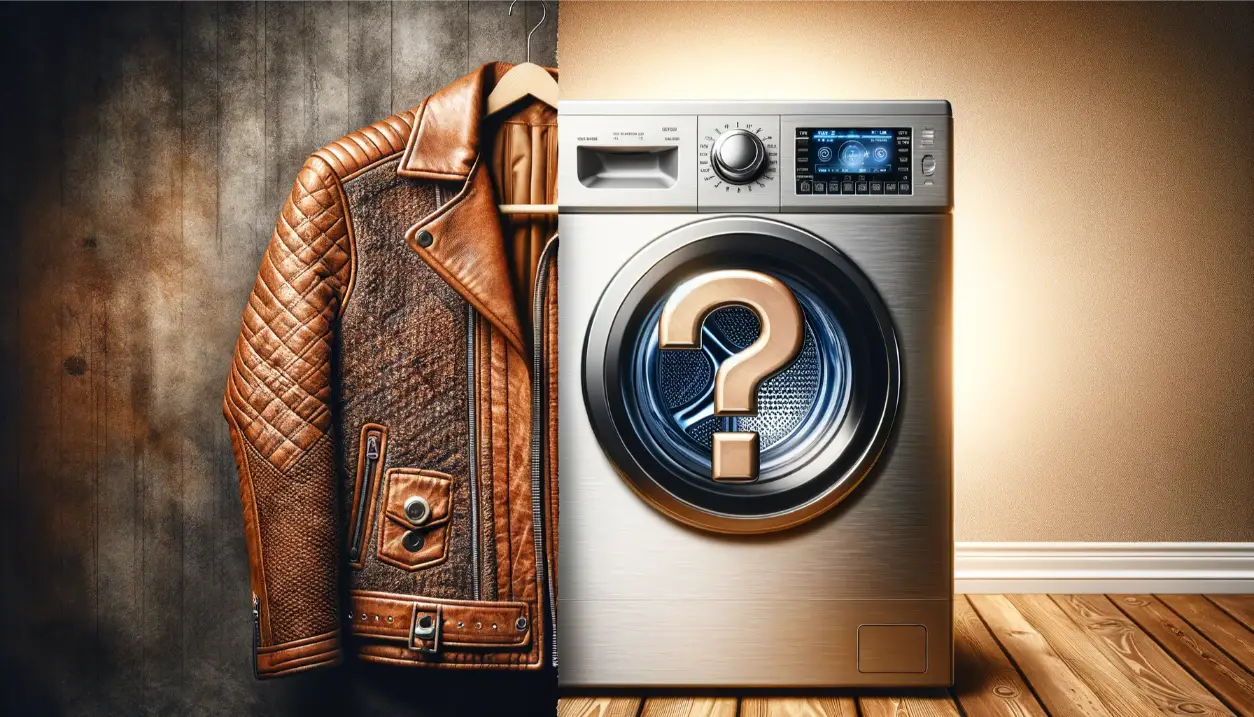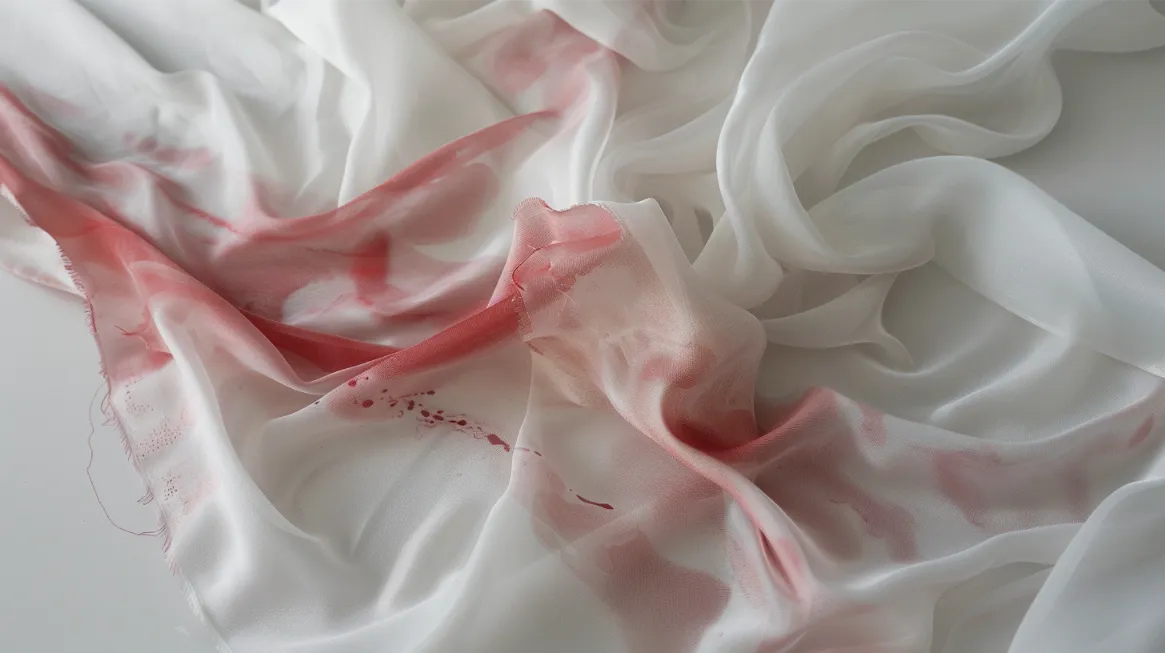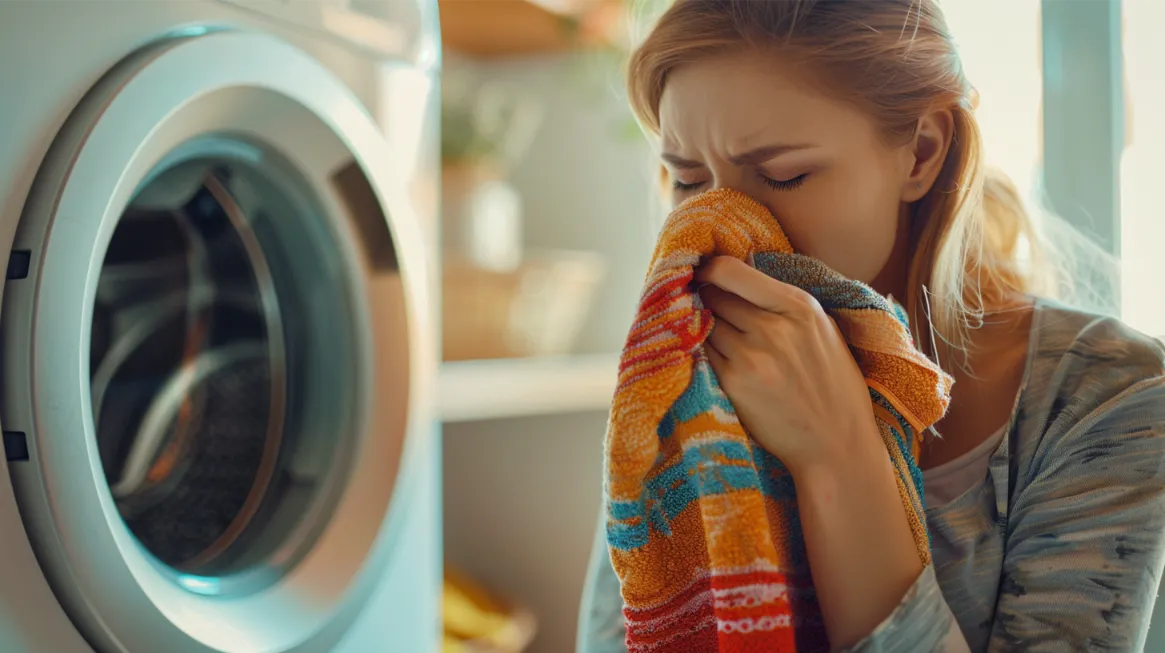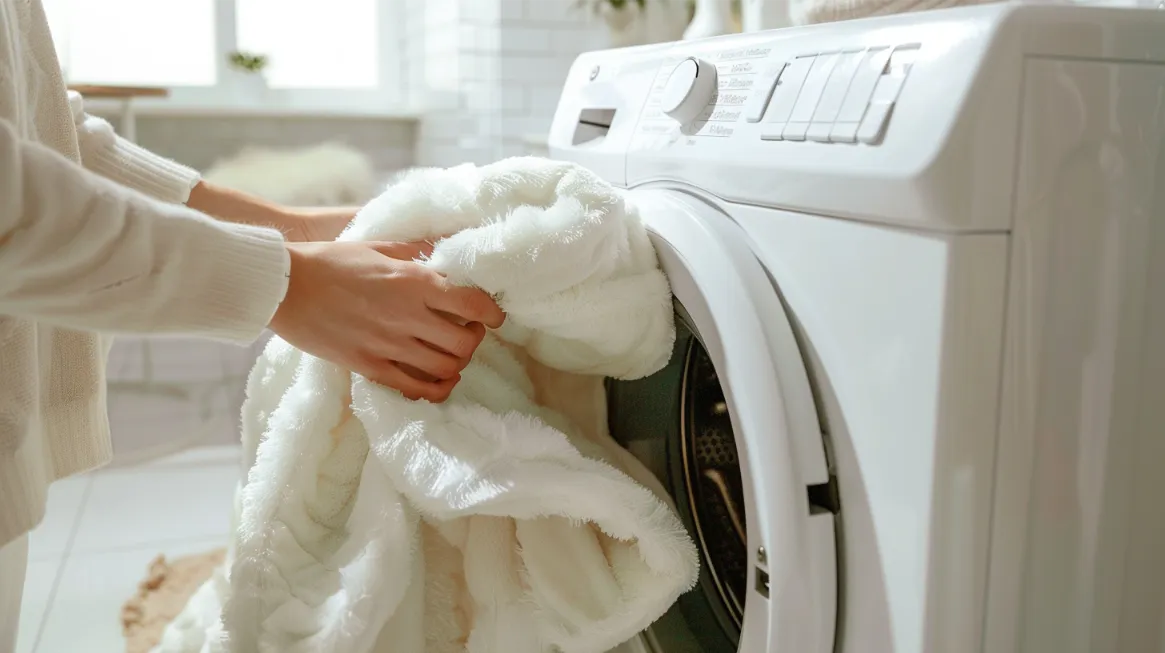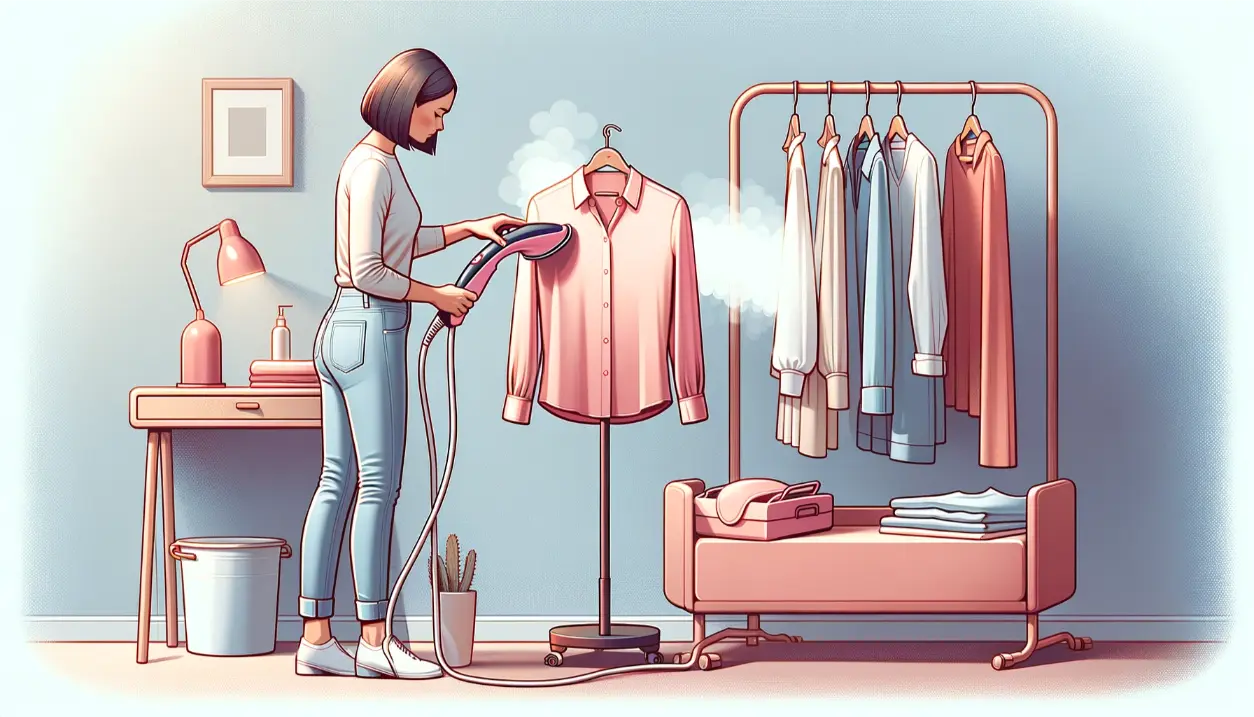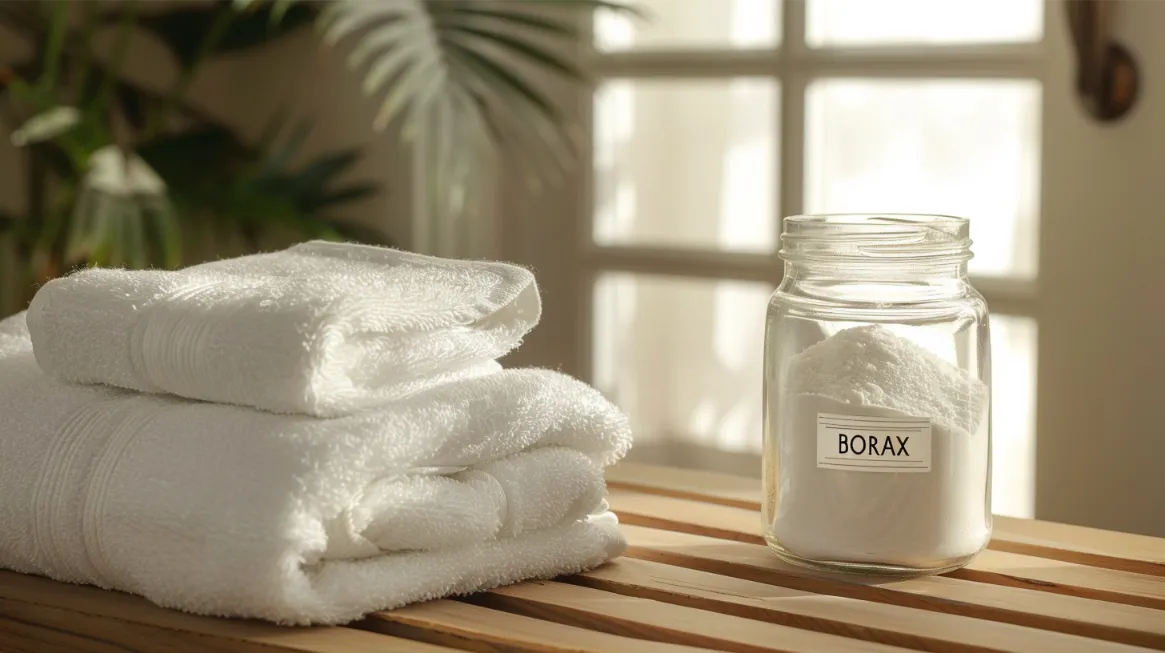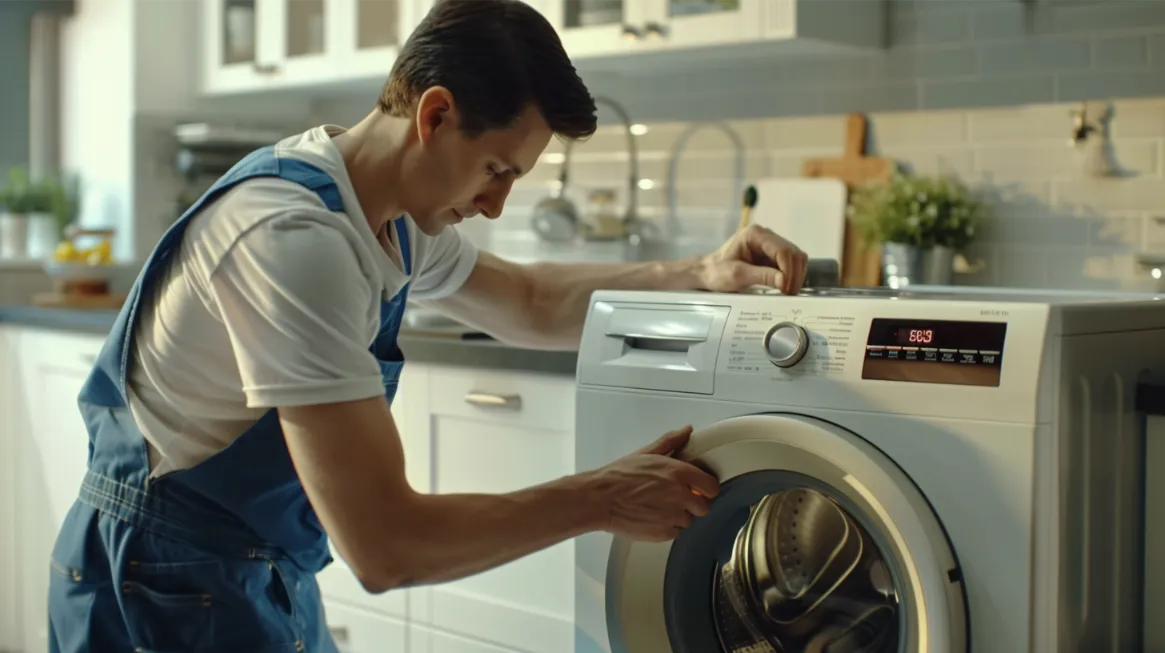Faux leather is a versatile and affordable alternative to genuine leather, but it still requires proper care to maintain its appearance and functionality over time.
This step-by-step guide will explore the best practices for cleaning faux leather to ensure its long-lasting use.
We will cover everything from understanding the basics of faux leather to removing stubborn stains and cleaning items like jackets, shoes, and furniture.
So, if you want to learn the secrets to keeping your faux leather looking fresh and pristine, stay tuned for the expert tips and techniques that will make your faux leather items stand the test of time.
Key Takeaways
- Use mild soap and water for gentle stains and a water and vinegar mixture for tougher stains.
- Spot-clean with a mild soap and water solution, and test cleaning solutions on hidden areas.
- Apply protective treatment to create a barrier and regularly wipe down with a damp cloth.
- Avoid harsh chemicals, blot stains gently, and keep faux leather away from extreme temperatures and sharp objects.
Understanding Faux Leather
Faux leather, a synthetic material meticulously designed to replicate the luxurious appearance of genuine leather, has become increasingly popular in various industries. Commonly referred to as PU leather, faux leather is available in various products, including garments, accessories, and upholstery. Proper care and cleaning ensure that faux leather products maintain their pristine appearance.
Several types of faux leather are available, such as Polyurethane (PU), Polyvinyl Chloride (PVC), and Polyamide microfibre. PU faux leather is particularly popular due to its ease of care and environmental friendliness. Faux leather, being non-porous yet breathable, is susceptible to surface marks and stains. Exposure to heat and moisture can cause stains to penetrate the material, emphasizing the need for regular cleaning and maintenance.
Common stains on faux leather include oil, ink, and food spills. It is important to use gentle cleaners designed for this material to clean faux leather. Harsh chemicals can damage the surface and lead to discoloration. A soft cloth or sponge is recommended to gently remove stains without causing abrasion.
Understanding the different types of faux leather and the proper cleaning techniques will ensure that your products maintain their luxurious appearance for an extended period. Regular cleaning and care will help preserve the texture and color, allowing you to enjoy faux leather items for years.
Essential Supplies for Cleaning
Having the essential supplies on hand is important to clean faux leather and maintain its luxurious appearance properly. Mild soap and water are the basic ingredients for cleaning faux leather. These supplies are gentle enough to avoid damaging the material while effectively removing dirt and grime. A microfiber cloth is also essential for wiping down the surface of faux leather, as it is soft and non-abrasive.
In addition to mild soap and water, a gentle detergent can clean faux leather items thoroughly. This can help remove stubborn stains and dirt accumulated over time. Coconut oil can be used to condition faux leather after cleaning. It helps restore moisture and prevent the material from drying out and cracking.
Tough stains on faux leather, vinegar, and water can be highly effective for spot cleaning. This solution should be used sparingly and cautiously, as vinegar can be harsh on certain types of faux leather.
In some cases, using specific faux leather cleaning products, such as those offered by brands like Grove, may be beneficial. These products are specifically formulated to clean and maintain faux leather, ensuring long-lasting use.
Removing Stains From Faux Leather
When removing stains from faux leather, it is important to use the right techniques to ensure effective results.
A mild soap and water solution can be used for gentle stain removal, while tougher stains may require a mixture of water and vinegar.
Additionally, taking preventive measures such as blotting stains gently and avoiding harsh chemicals can help maintain the quality and longevity of the faux leather material.
Stain Removal Techniques
Employing the right stain removal techniques is crucial to removing stains from faux leather. Here are three effective methods to remove stains from faux leather:
- Spot-clean with a mild soap and water solution: Gently dab the stained area with a cloth soaked in a mixture of mild soap and water. Avoid rubbing vigorously to prevent further damage to the faux leather material.
- Use a gentle detergent and water mixture: For tougher stains, create a solution of gentle detergent and water on a damp cloth. Gently scrub the stained area in a circular motion until the stain starts to lift.
- Try vinegar and water solution: Stubborn stains can be tackled with vinegar and water. Dab a cloth in the solution and gently blot the stained area. Vinegar is an effective natural stain remover for faux leather.
Always test any cleaning solution on a hidden area of the faux leather item to ensure it doesn’t cause damage before proceeding.
Preventing Future Stains
To prevent future stains on faux leather items, it is recommended to use a protective treatment. Applying a protective treatment creates a barrier on the surface of the faux leather, making it more resistant to stains and spills. This treatment can be found in sprays or creams designed for faux leather.
Additionally, it is crucial to spot clean any stains promptly to avoid deep penetration into the material. Using a gentle cleaner and a damp cloth, gently blot the stain until it is removed. Regularly wiping faux leather surfaces with a damp cloth can also help remove dirt and prevent staining.
It is important to avoid using harsh chemicals or cleaners that can damage the faux leather and lead to more stains. By following these preventive measures, you can ensure the long-lasting use of your faux leather items.
Cleaning Faux Leather Jackets and Clothing
For optimal cleaning and maintenance of faux leather jackets and clothing, it is recommended to spot-treat visible stains using a damp cloth and gentle detergent. This will help to remove stains without causing damage to the faux leather material. In addition, hand-washing faux leather clothing with a natural detergent is highly recommended. It is important to follow the care instructions provided with the garment to ensure it is cleaned properly and maintains its quality.
To clean faux leather jackets and clothing in a washing machine, it is advisable to use a garment bag. This will help protect the faux leather from getting damaged during cleaning. It is important to select a gentle cycle and use cold water to prevent any shrinking or fading of the material.
After cleaning, allowing the faux leather clothing to air dry is crucial. This can be done by laying it flat or hanging it up. Avoid using a dryer or direct heat, which can cause the faux leather to crack or warp. Properly caring for and maintaining faux leather jackets and clothing can extend their lifespan and keep them looking their best.
Cleaning Faux Leather Shoes
Cleaning faux leather shoes requires careful attention to avoid damaging the material and maintain their quality over time. First, gently use a damp cloth and mild soap to clean the shoes’ surface. Avoid harsh chemicals, as they can strip off the protective coating and cause the faux leather to deteriorate. After cleaning, allow the shoes to dry naturally to prevent cracking or damage from exposure to heat.
It is important to condition faux leather shoes regularly to keep them in good condition. Apply a small amount of coconut oil to a clean cloth and gently rub it onto the shoes. This will help moisturize the material and prevent it from drying out, leading to cracking.
Store faux leather shoes properly to maintain quality when not in use. Please keep them in a cool, dry place away from direct sunlight, as excessive heat and sunlight can cause the material to fade and become brittle. Also, avoid placing heavy objects on the shoes, which can lead to deformation.
Cleaning Faux Leather Couches and Furniture
Having the right tools and supplies is important when cleaning faux leather couches and furniture. A soft brush attachment for vacuuming, a damp cloth for wiping down surfaces, and a mild soap or neutral cleaner designed for faux leather are essential.
Following a step-by-step cleaning process, including promptly addressing stains and using a vinegar solution for general maintenance, will help keep faux leather furniture fresh and clean for long-lasting use.
Cleaning Tools and Supplies
Utilizing the appropriate cleaning tools and supplies is important to clean faux leather furniture and maintain its longevity effectively. Here are three essential items to have on hand when cleaning faux leather:
- Microfiber cloth: This soft and lint-free cloth is ideal for gently wiping down faux leather surfaces without causing damage or leaving behind fibers.
- Mild soap or detergent: When cleaning faux leather, it is recommended to use a mild soap or detergent to avoid stripping the material. Harsh chemicals can lead to deterioration and discoloration.
- Leather conditioner: To maintain the flexibility and appearance of faux leather, using a leather conditioner specifically designed for faux leather is essential. This helps to keep the material soft and supple.
Step-By-Step Cleaning Process
To effectively clean and maintain the longevity of faux leather furniture, it is important to follow a thorough and precise step-by-step cleaning process.
Start by vacuuming the furniture using a soft brush attachment to remove dust and debris.
Next, create a cleaning solution by mixing a mild soap or detergent with warm water.
Use a damp cloth and the cleaning solution to gently wipe down the furniture, paying special attention to any oily areas or stains.
For tougher stains, consider using specific faux leather cleaners or products recommended for cleaning faux leather furniture.
Regularly maintaining the faux leather is also important; it should be cleaned with a vinegar solution to keep it fresh and well-maintained.
Frequently Asked Questions
How Do You Make Faux Leather Last Longer?
To make faux leather last longer, it is important to protect it from direct sunlight and heat, regularly clean it with mild soap and water, and apply a protective treatment. Rotate furniture and accessories to ensure even wear and prevent fading.
What Does Vinegar Do to Faux Leather?
Vinegar is an effective cleaning agent for faux leather as it helps remove dirt, grime, and mildew. It deodorizes and disinfects faux leather items, breaking down stains and buildup. Diluted vinegar solutions are safe and gentle on faux leather surfaces.
Can I Use Dawn to Clean Faux Leather?
Yes, Dawn dish soap can be used to clean faux leather. Its gentle and effective cleaning properties make it suitable for removing stains. Dilute it with water, test it on a small area, rinse thoroughly, and pat dry to maintain the quality and appearance of the faux leather.
Can Faux Leather Last a Long Time?
Yes, faux leather can last long with proper care and maintenance. Regular cleaning, protection from direct sunlight, and avoiding harsh chemicals can extend its lifespan. Quality faux leather items can maintain their appearance and functionality for several years.


